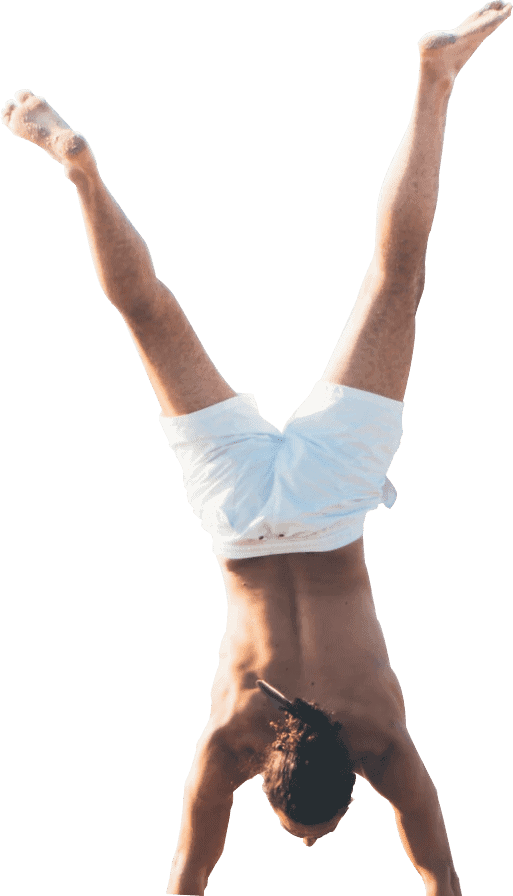At Life Ready Physio , we often have runners coming to see us with ongoing injuries that are aggravated by running. With running being an incredibly repetitious sport minor faults in movement can create debilitating amounts of pain and discomfort. These faults are often due to lack of strength and or stability from the core down to the foot. Other times those are not the issue and it all stems from poor technique in running form resulting from poorly developed movement patterns and/or footwear.
The running form that someone has is a result of movement patterns that they have developed since a young child as well as external forces that may impact on the way you move, such as footwear and orthotics. The form of runners will vary dramatically; you may have noticed some very good runners will seem to float above the ground while others will appear to be plodding along forcefully with each stride.
At Life Ready, we believe that runners should try to lessen the amount of force travelling through the leg with each stride and move in an economical pattern that reduces stress on the joints and muscles in our lower body. Research has suggested kinematic variables associated with future or current injury in running:
- higher levels of pronation (foot rolling in)
- pelvic drop (hips dropping side to side on each step rather than staying level)
- increased tibial internal rotation (shin bone rotating inwards)
Increasing your strength and stability in the lower leg and core will assist in reducing these variables in many cases but often gait modifications are also helpful. These include:
- Don’t overstride (overstriding leads to landing on your heel first rather than mid-foot which can be very forceful and lead to high ground reaction forces)
- Increase your cadence (increasing the frequency of steps with help to reduce stride length)
- Pull with your glutes (the bum muscles when activated will help you to stop pelvic dropping)
- Run more softly (try to feel like you are landing softly with each step)
- Change your foot strike (attempt to land more on the ball of your foot than on your heel. Warning – runners with forefoot and toe pain may find this worsens their pain and should seek proper medical attention prior to attempting to change their form).
In performing high speed video analysis on runners in the clinic on a treadmill, I have found that by having someone run with and without shoes often creates a dramatic difference in form. A person who has many of the flaws mentioned above often will correct many of them by running barefoot. Not having the hard rubber sole and cushioning leads us to land more on the ball of our feet, reduce stride length, increase cadence and land softer in many cases.
It has become increasingly popular for runners to switch to more minimalistic shoes to promote a more barefoot style of running and we agree with this for many people, however I don’t think that it is for everyone. I do think that running barefoot every once in a while serves a good reminder of how we evolved to run.
I believe that for many people external forces acting upon the foot such as stabilising shoes and orthotics will actually unload the muscles about the foot and ankle. This leads to weakening of them over time and creates a reliance upon those external forces. Research suggests that running injuries have not reduced with the invention of stabilising running shoes.
When running barefoot for the first time it is important to start slow as you will potentially be putting force through the leg in a manner that it is unaccustomed to. This will require the need to build up tolerance to load initially.
This article is written for the average runner but it is important to note that everyone is different and the best way to know you are getting the appropriate advice for you is to have an assessment with your Life Ready Physiotherapist that can guide you down the correct path for what you need.
